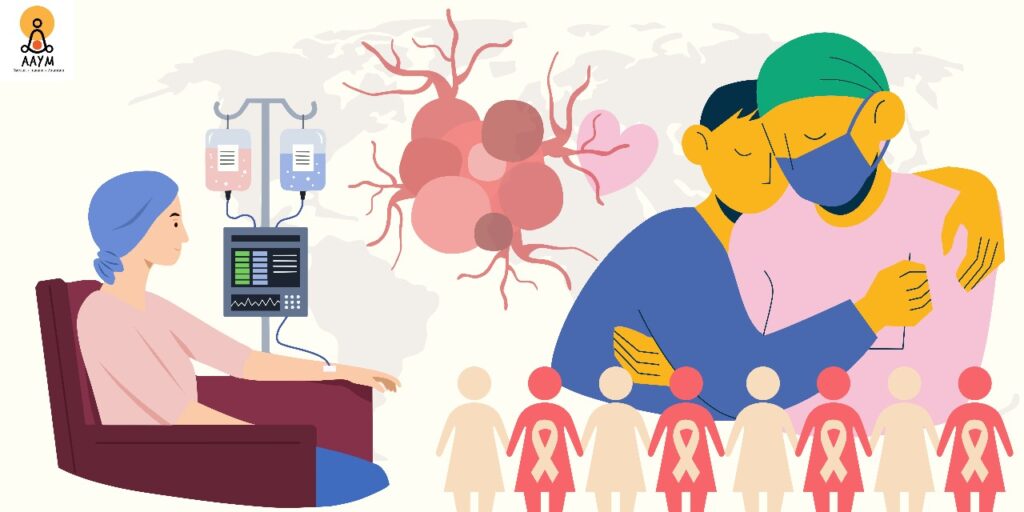10 Fun Ways Yoga Can Unleash Your Inner Psychic Superpowers!
Welcome to the magical realm of yoga, where your third eye might be your next superpower! If you’ve ever wondered whether bending into a pretzel could also help you bend time and space with your mind, you’re in for a treat. From sharpening your intuition to balancing chakras, here’s a lighthearted yet enlightening look at how yoga might unlock your hidden psychic abilities. 1. Meditation: Silence Your Mind, Hear the Universe You know that moment when you’re deep in a cat pose and suddenly feel a cosmic “a-ha”? That’s meditation giving you psychic clarity. By calming your mind, meditation creates space for insights that could help you connect with the universe—or at least help you find your keys without panicking! With consistent practice, you may notice your gut feelings turning into full-blown intuitions. 2. Energy Flow: Get Those Chakras in Shape Chakras are like your personal Wi-Fi to the universe. When these energy hubs are clogged, it’s like trying to stream your favorite show with lousy internet. Yoga poses like warrior or cobra help activate and balance these chakras, allowing you to channel good vibes and psychic energy. Who knew balancing your chakras could mean balancing the future, too? 3. Mindfulness: Psychic Antennae on Full Alert Have you ever noticed how your yoga teacher’s voice can make you hyper-aware of even the tiniest muscle twitch? Imagine that level of awareness applied to your psychic abilities! By tuning into the present moment through slow, mindful movements and breathwork, you’ll be better equipped to feel those “psychic vibrations.” Think of mindfulness as the ultimate antenna upgrade for your psychic radar. 4. Intuition: Trust Your Inner Yogi In yoga, intuition isn’t just a “gut feeling”—your buddhi, the ultimate wisdom tucked within. You can strengthen your intuitive mind by engaging in yoga practices like pranayama (breath control) and meditation. It’s like tuning your radio from static to crystal-clear FM, where your inner guidance sounds like the best DJ in town! 5. Self-Reflection: Meet Your Psychic Self Yoga is all about self-discovery—what hurts, what feels good, and what you’re made of. You’ll understand yourself better through reflection and contemplation, including that little voice that says, “Don’t go there!” This heightened awareness and self-trust can fast-track your psychic abilities. No more second-guessing that gut feeling—your inner psychic is in the driver’s seat! 6. Breathwork: Supercharge Your Psychic Battery Breathwork, or pranayama, is like plugging yourself into the ultimate charger for your life force energy (prana). The more you breathe consciously, the more you expand your pranic capacity, increasing awareness, sensitivity, and vitality. You’ll be tuned into the subtleties of energy shifts, making you more attuned to any “psychic downloads” from the universe. 7. Visualization: Sharpen Your Mind’s Eye Think of visualization exercises in yoga as lifting mental weights. You’re building the muscles of your psychic vision by creating vivid mental images. Whether focusing on external objects or diving deep into internal landscapes, your mind’s eye gets sharper with practice. One day, you’re visualizing a tree in a yoga pose; the next, you’re foreseeing tomorrow’s weather (or at least picturing yourself rocking it)! 8. Grounding: Stay Psychic, Stay Grounded Not all psychic journeys take you to the stars—sometimes, they require solid ground beneath your feet. Yoga poses like Mountain and Tree help root your energy, ensuring you don’t get lost in the woo-woo but stay connected to the earth. Feeling stable enables you to navigate the energetic realms without getting overwhelmed by your newfound psychic sensitivity. 9. Third Eye Activation: Open Your Cosmic Eyes The third eye (located between your eyebrows) is your direct line to psychic vision, and yoga postures like Child’s Pose or downward dog help to activate this center. With regular practice, you might start “seeing” more than just your mat—perhaps auras, energies, or even future flashes! Consider this the ultimate eye-opener but without the caffeine! 10. Mind-Body Connection: Listen to Your Psychic Body The more attuned you are to your body’s sensations through yoga, the more likely you are to pick up on the subtleties of psychic phenomena. Yoga connects the dots between your thoughts, emotions, and physical sensations, helping you interpret energetic vibrations around you. Think of your body as a psychic antenna, tuned in and ready to receive! Bonus Tips for Your Psychic Yoga Journey: Start Small: You don’t need to leap into complete psychic visions—take it one pose at a time. Journal It: Record those “a-ha” moments during yoga, and you might start seeing psychic patterns! Find Your Style: Experiment with different yoga types vibrating with your psychic goals from Hatha to Kundalini. Get Grounded: Before tuning into the cosmos, ensure you’re firmly rooted on Earth. Trust me, it helps! Final Thoughts: It’s Not All About the Woo-Woo While yoga can undoubtedly boost your intuitive and psychic abilities, it’s all about balance. Rather than focusing solely on the mystical, embrace yoga as a holistic practice that enhances your physical, emotional, and spiritual well-being. As you strengthen your mind-body connection, you might find your intuition sharpening, insights deepening, and your connection to the universe expanding. Who knows? You might even start predicting your next yoga instructor’s playlist! Ready to Embark on Your Psychic Yoga Adventure? Whether tapping into your third eye or mastering your Downward Dog, yoga offers the perfect gateway to exploring your potential psychic superpowers. So roll out your mat, breathe deeply, and let your journey into the mystical begin!










